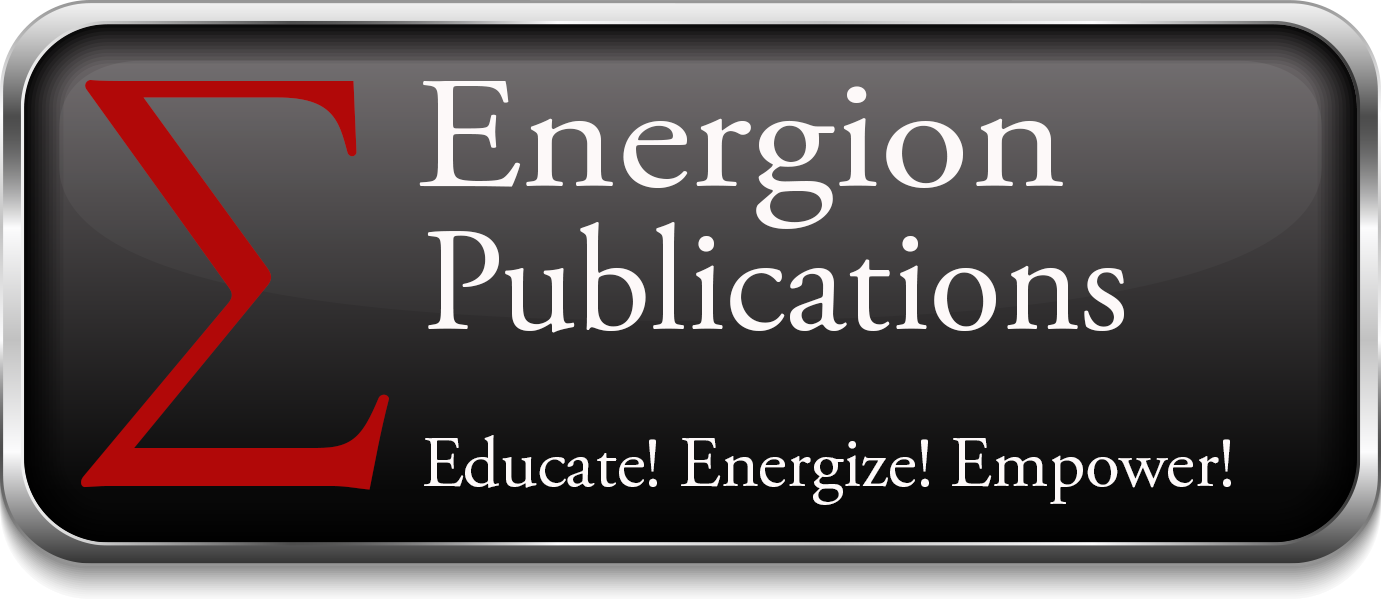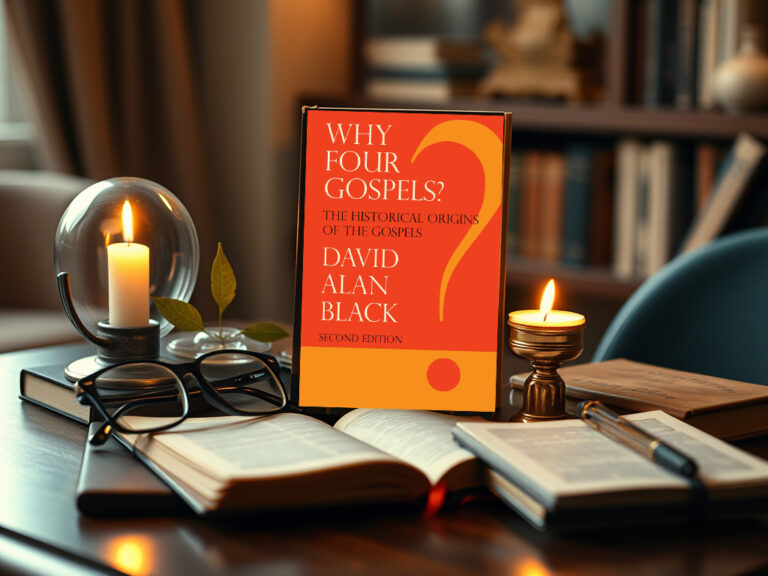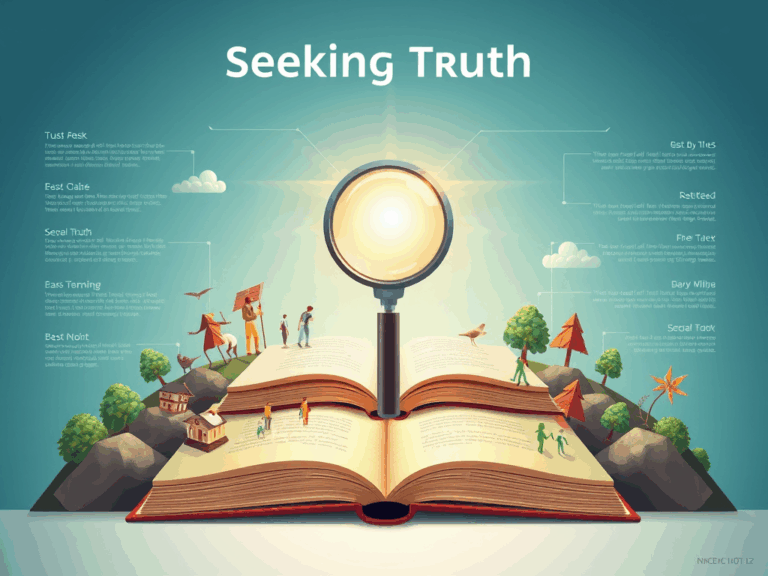A Journey into Understanding Other Religions for People of Faith
by Drew Smith
 I teach a survey course on world religions each semester. In that course, we begin with discussions on defining religion and how we can approach the study of religion. The university is an academic setting and in the course we approach the study of world religions from an academic position that is mostly philosophical, historical, and comparative.
I teach a survey course on world religions each semester. In that course, we begin with discussions on defining religion and how we can approach the study of religion. The university is an academic setting and in the course we approach the study of world religions from an academic position that is mostly philosophical, historical, and comparative.
But as a person who is a practicing Christian and a minister, I am also concerned with how people of faith might approach the study of other religions in their communities of faith. Certainly there is room to incorporate an academic approach in these settings, but because these settings mostly take place within religious congregations, there may be more at stake when believers from one tradition engage in the study of other traditions.That’s why I think it is important to set the tone for such an endeavor that hopefully engages not only the more open-minded believers, who are already receptive to other faiths, but perhaps also the more traditional believers who may not be as open minded and possibly uncomfortable with delving into understanding not only other faiths, but more importantly, those people who sincerely practice other faiths.[ene_ptp]
I think a good starting point would be to deconstruct the stereotypes about other religions that are fed to us through various mediums. In this sense, we must be honest to admit that the actions of a few within a religious tradition do not speak for the many. As a Christian, I would certainly not want the evil actions of particular groups or individuals who claim to be Christian to define what it means to be a Christian. Thus, we should not allow the actions of a minority who claim to be practitioners of a certain religion to define what we accept as that religion’s core values.
A second strategy to take is to reevaluate categories. Christians are so prone to thinking in their own categories that we also think those categories fit other religions. For example, we might think that other religions must believe in some personal deity, but many do not. Moreover, we might wrongly ask what other religions teach about salvation and heaven, when some do not even concern themselves with such questions. We cannot place the grid of our own faith categories onto other faiths hoping to come away with a clearer understanding; our grid does not always fit.
The third action in this approach may be the most challenging for people of faith. Yet, if we are to be sincere in our desire to understand other religions, then we must open ourselves to the faith of others by crossing over into their faith. This does not mean we embrace their belief system as our own, but it does mean that we embrace them in their faith, and we seek to understand, as best we can, why they believe what they believe and practice what they practice. To do this with authenticity, however, requires that we do not judge their faith through our own, but we allow them to speak about their faith on their own terms as we listen and seek understanding.
Such an action should lead to a fourth step in this process, which also may be difficult for many, but is perhaps necessary. We should be critical of our own religion. We live with the tenets of our faith so close to us that it may be difficult to see their weaknesses and faults. We have learned the teachings of our faith, perhaps since a young age, and we know them so well that it is hard to distance ourselves from them. But, if we are to be honest seekers of truth, we must be willing not only to admit the truths we might discover in other religions, but also the faults in our own, and that includes reading our sacred texts critically.
Fifth, we should also embrace differences as part of being human. In a real sense, the world’s faiths are all attempts to understand what it means to be human, although there are other ways of understanding what it means to be human outside of religion. Yet, in our humanity, we are limited in our ability to flesh out this meaning fully with absolute certainty. This has lead to differences in understanding that are also fed by cultural differences in which religions are born and grow. These differences do not have to lead to seeing the other as less human; they should guide us to embrace one another.
The final two steps in this process will hopefully also be the results of seriously engaging in the first five steps. A course of genuine truth-seeking should lead us to recognize the revelatory core of each religion as the basis on which to build common ground, despite how different we believe from others. Once we reach this step, we are deep in the process to the extent that the stereotypes we deconstructed in our first step are now replaced by a more truthful understanding, and we can honestly admit to ourselves and to others the value of other faiths.
This should lead us to the final step, where we not only reaffirm our own faith, but we also affirm the faith of another. Anyone that I have ever spoken with who has involved themselves in interfaith understanding with sincerity has reported that such a venture has led to a deepening of their own faith. Perhaps if we can authentically affirm the validity of another person’s faith, it grounds us deeper into our own beliefs and practices but with greater humility.
In taking these steps, people of faith can remain passionate about their own faith, but they can also encourage others to be passionate about their faith. We can also enrich our own lives by affirming the other instead of treating the other as opposition. In this way, barriers can be torn down and doors can be opened that move us beyond mere intellectual knowledge about other religions into personal relationships with those of other faiths that focus on the common good.
[slideshow_deploy id=’2613′]
Click on any picture for more information or to order




